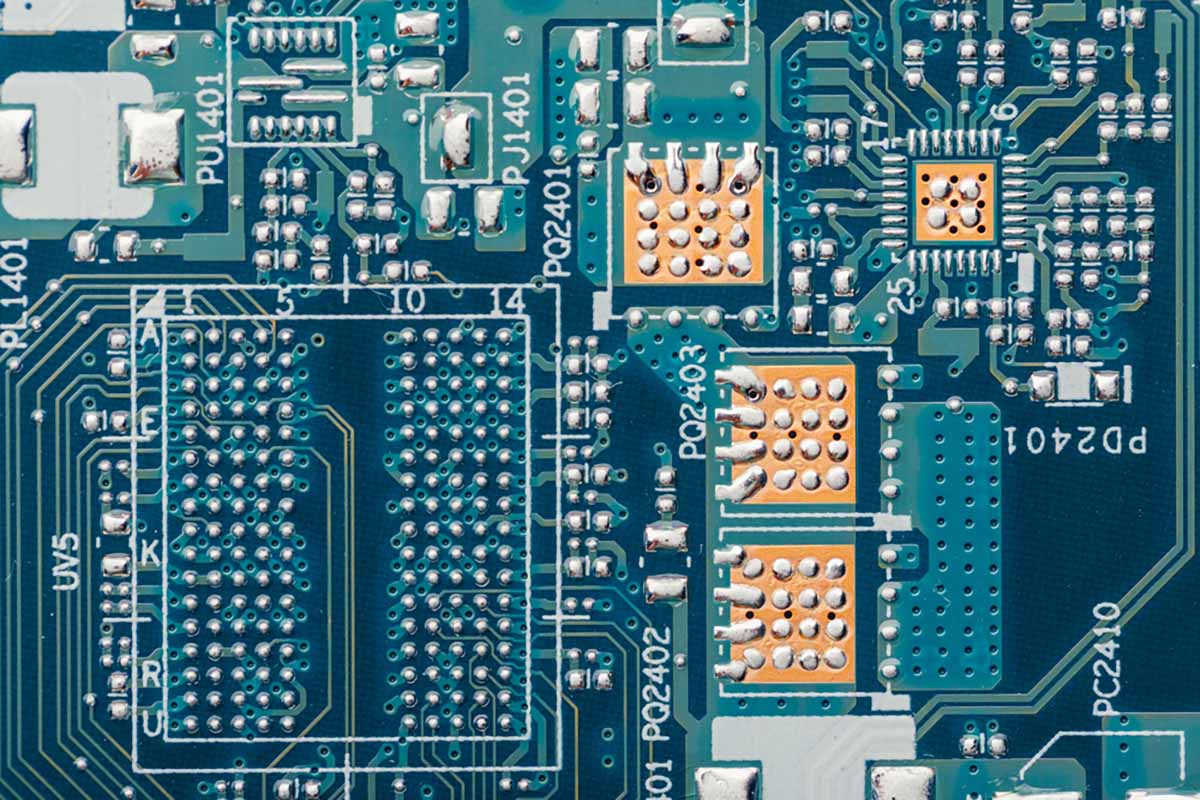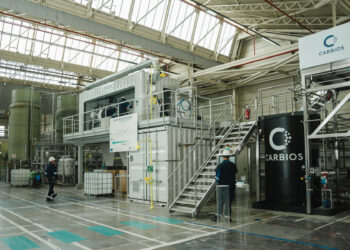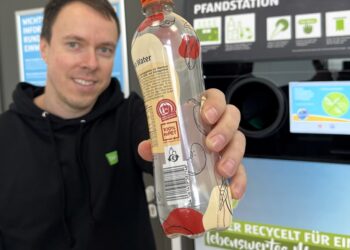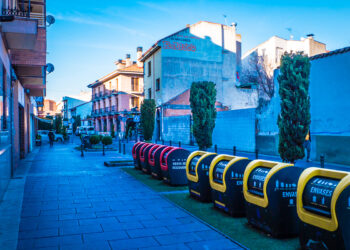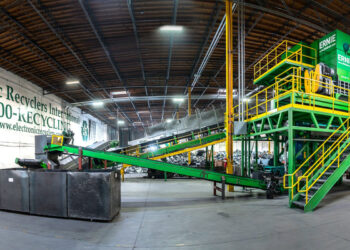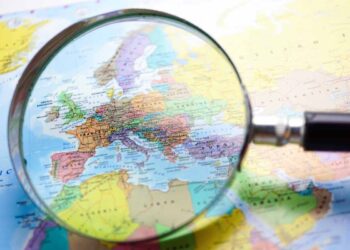One of the biggest e-scrap smelters in the world boosted its consumption of scrap electronics by 14% last year, achieving the highest number in four years.
Located in northern Sweden, the Rönnskär smelter recycled 83,000 metric tons of e-scrap in 2022, up from 73,000 metric tons the year before, according to a recently published annual and sustainability report from parent company Boliden.
Rönnskär is one of the most advanced copper smelters in the world, with most of its e-scrap feedstock coming from Europe. In 2020, the first year COVID-19’s effects were felt worldwide, Boliden tallied its lowest volume of e-scrap consumed in nearly a decade. Last year’s e-scrap recycling number was a return to pre-pandemic levels.
In addition to recycling e-scrap, Boliden also processes lead-acid batteries and residuals from various industries. Overall, Boliden recycled about 321,500 tons of recovered materials in 2022, down from 330,400 metric tons in 2021. The recycled input rate in 2022 was 12%, the same as the year before.
For the Rönnskär smelter, specifically, the facility recycled 160,000 metric tons of secondary materials, down 5% from the year before. Of that total in 2022, scrap electronics made up 52%.
It’s important to note that recovered materials make up a relatively small percentage of Rönnskär’s inputs. In 2022, mined copper concentrate made up 82% of input, with recovered materials making up the remaining 18%. E-scrap’s portion of total inputs was 10%.
According to the latest report, the facility in 2022 produced (all tons are metric) 218,000 tons of copper (down 2% from 2021), 12 tons of gold (up 11%), 467 tons of silver (down 3%), 2 tons of palladium concentrate (no 2021 number stated) and 550,000 tons of sulphuric acid (up 4%).
“Lower secondary raw material feed had an impact on copper production at Rönnskär,” the report noted.
Greenhouse gas impacts and global market disruptions
Much of the company’s sustainability report deals with the company’s efforts to reduce greenhouse gas (GHG) emissions. Overall, Boliden’s smelters (not including operations from mines) generated about 589,000 metric tons of Scope 1 and 2 GHGs in 2022, down 11% from 2021, according to the company’s sustainability index 2022.
The company acknowledged the trade-offs in recycling e-scrap: Doing so generates “a significant share” of direct GHG emissions at the smelter, but the recycled metals from e-scrap have “a lower climate impact than the global average for production from primary raw materials.”
The company is also working on projects to reduce CO2 emissions and minimize waste, the report notes. Boliden pointed to its Rönnskär leaching plant, which extracts additional metals from e-scrap, as an example of a waste-reduction measure.
“Because Rönnskär’s leaching plant enables us to extract more metals from the raw material, the amount of waste is reduced,” the report notes.
That being said, in 2022, the ramp-up of the leaching plant “faced certain challenges related to corrosion, which impacted production. However, copper and precious metal production was stable.”
Boliden may have recovered from the initial supply chain disruptions of COVID-19, but 2022 was still a year of global upheaval and wildly swinging metal markets. The report noted that Russia’s invasion of Ukraine spiked natural gas and electricity prices in Europe, and a resurgence of coronavirus in China meant renewed lockdowns. Then came hot inflation and moves by central banks around the world to raise interest rates to cool demand and slow rising prices.
As a result of those factors and others, metals prices rode a rollercoaster last year, starting at very high levels and then falling mid-year, only to recover at year end. “There was greater price volatility in the metal markets in 2022 than in previous years, with major differences between the highest and lowest annual prices,” the report noted.









